Narcos: Mexico: How much of the Netflix series is true?
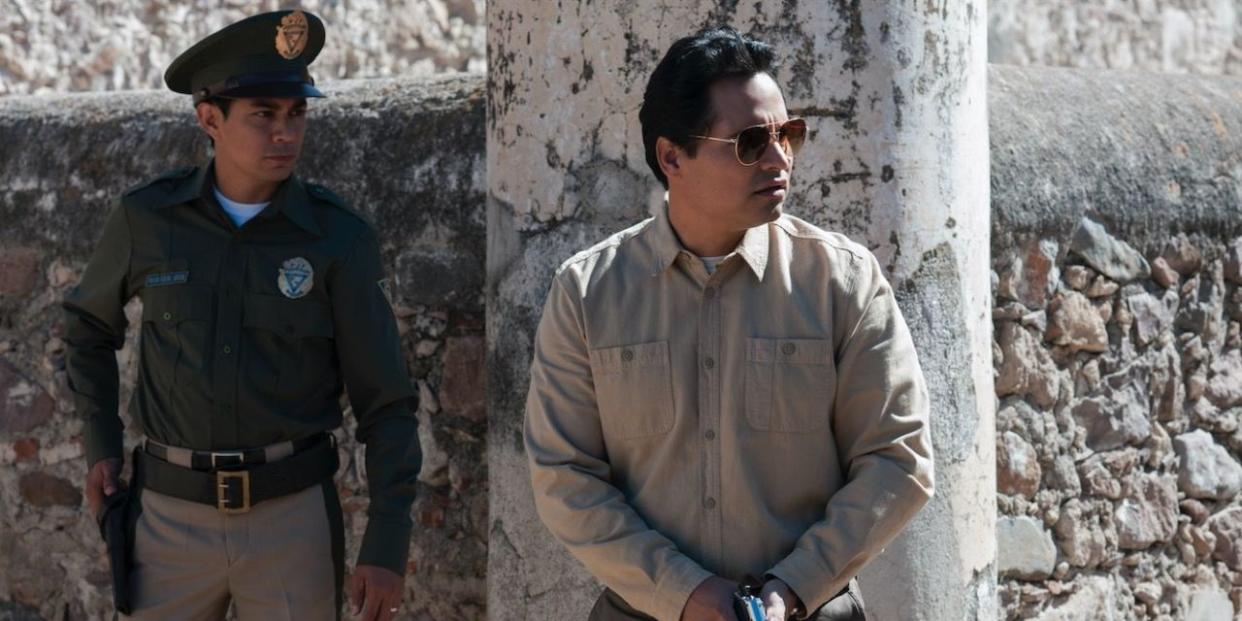
Note: This article contains spoilers for all 10 episodes of Narcos: Mexico
Following three phenomenally successful and blood-soaked seasons of Narcos, Netflix has decided to reset with a prequel of sorts, charting the rise of Cartel leader Miguel Angel Félix Gallardo (Diego Luna) along with the fall of Enrique "Kiki" Camarena (Michael Peña), a DEA agent who tried to stop him, with tragic consequences.
Although the focus of Narcos has now changed somewhat in season four, the show's approach to storytelling hasn't been altered one bit. Just as the first three seasons fought to portray the story of Pablo Escobar with authenticity, so too does Narcos: Mexico, which mixes real life video clips and news footage into the proceedings.
Of course, some liberties have been taken in order to streamline the origins of the Mexican drug war into one cohesive story, but you might be surprised to discover that some of the show's most shocking moments are still rooted in real life events.
The Godfather
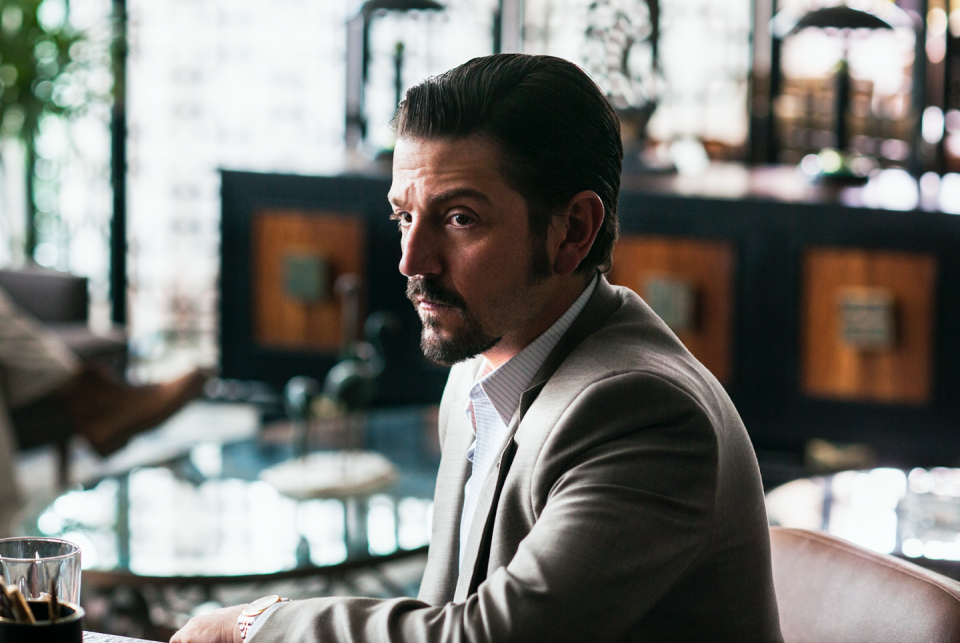
Long before he became known as 'El Padrino' aka 'The Godfather', Félix Gallardo did in fact work as a police officer. With the help of Rafael Caro Quintero and Ernesto Fonseca Carrillo, he soon left these lawful beginnings behind to form the Guadalajara Cartel, trafficking first marijuana and then cocaine to the United States in an unprecedented volume.
Much of his rise to power is documented accurately by the writers of Narcos: Mexico, including his connection to the Colombian cartels and the bribes that he made to stay in power for as long as he did. However, one curious foot note that's briefly introduced around the midway point is somewhat more suspect.
Not only do we learn a fair deal about Gallardo's wife and his mistress on the side, but we also discover at one point that the Cartel leader had another wife who stood by him before the drugs took over his life. Unfortunately, this first marriage ended when she died of leukemia at the age of 22.
By sharing this information, Narcos clearly intends for us to empathise with Gallardo here, going some way to explain why he turned to crime in the first place: "We have to control this fucking world or it will control you." However, attempts to find any mention of this wife in the real world are rather tricky (at least in English anyway).
Whether she existed or not though, what's clear here is that her existence on the show is intended to humanise Gallardo, echoing a point recently made by showrunner Eric Newman, who argued that painting these people as 'monsters' does a "disservice" to viewers.
Quintero's addiction to women

Either way, Gallardo would have never risen so high if it wasn't for Rafael Caro Quintero, a fellow drug trafficker who helped him revolutionise the marijuana trade. Throughout the season, Caro Quintero is infatuated with a girl named Sofia Conesa (Tessa Ia) whose actual name was Sara Cosio in real life.
In one particularly memorable scene, the fourth episode kicks off with Sofia's fake kidnapping from her family home. In real life, her parents reported that Caro Quintero kidnapped their daughter from a discotheque and returned her home on Christmas Day.
The Sofia we see on screen seems far more willing to take part in Quintero's crazy schemes than her real life counterpart might have been, although even that's questionable depending on which reports you read.
It seems that when Quintero kidnapped Sara for a second time and took her to Costa Rica, the cop were tipped off to his location after she called home to her father in Mexico. The authorities believed that she had been kidnapped, but Sara herself supposedly declared her love for Quintero during his arrest, something which the writers of Narcos clearly believed to be the truth - in their adaptation at least.
Fear and Loathing in Mexico
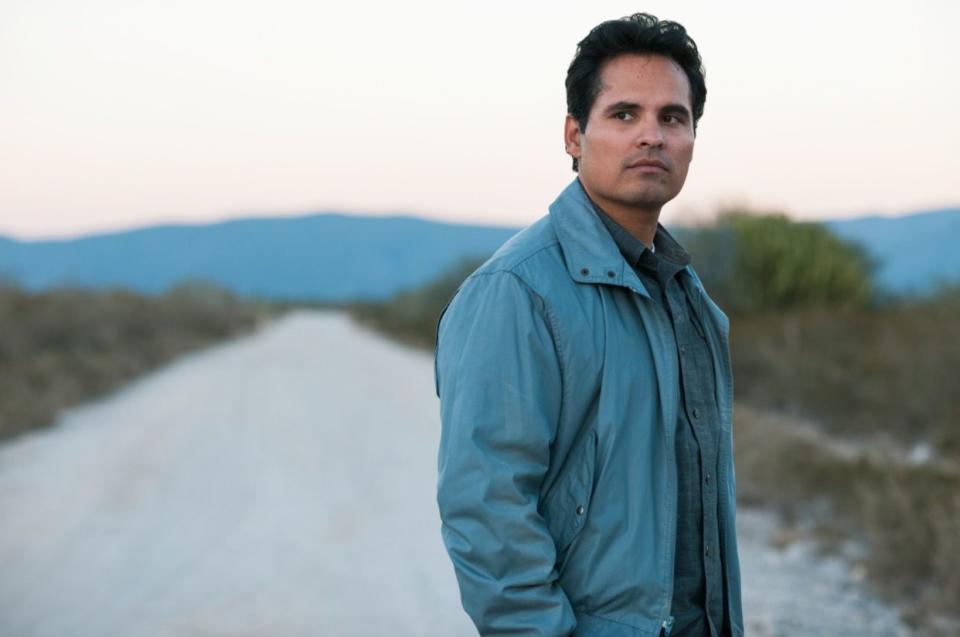
Aside from his associations with Gallardo, Quintero was also wanted by the police for the abduction, torture and murder of writer John Clay Walker and dentistry student Albert Radelat. The shows follows real life more closely in this case, following the two Americans as they accidentally interrupt one of Quintero's private parties and are accused of working for the American government.
In this episode, the pair are shot and stabbed to death, but in real life, they were reportedly tortured with ice picks and interrogated first. As if that wasn't disturbing enough, Radelat was apparently alive still when he was buried in a park nearby.
The final episodes of Narcos: Mexico avoid depicting torture on screen once again for the most part, implying or telling viewers how Camarena was eventually killed, without showing every grisly detail. Scenes where the agent's ribs are broken or when a hole was even drilled into his head aren't included, but what we do see how his interrogators tortured him with a cattle prod and kept him awake throughout by injecting drugs into his system.
Narcos: Mexico blames Quintero for initially kidnapping Camarena without Gallardo's knowledge or permission. However, Popsugar's research suggests that it was Gallardo who organised the agent's capture, which is a huge deviation from what we see on the show.
No redemption
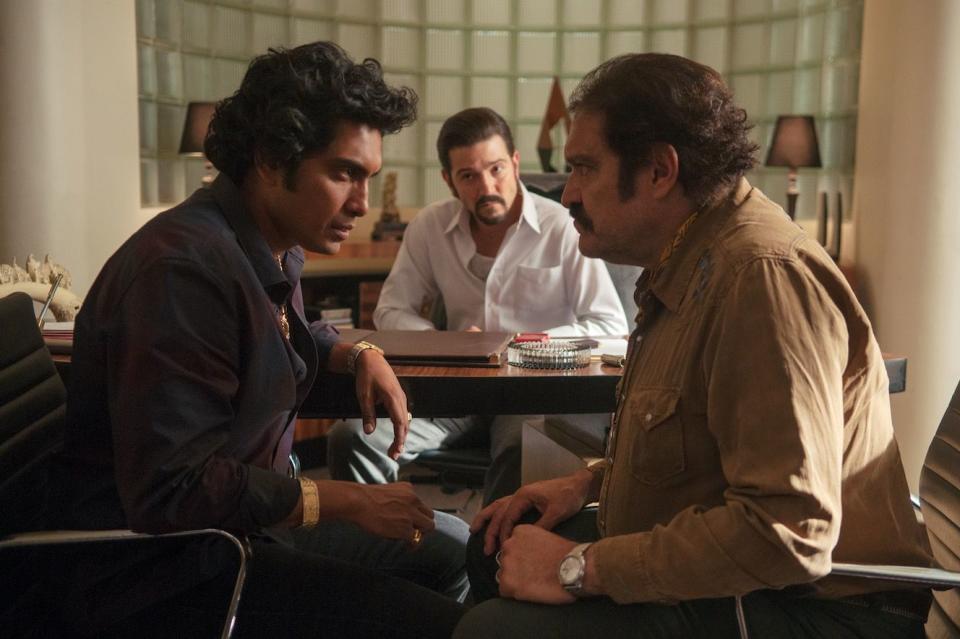
In the aftermath of Camarena's death, one particularly memorable scene that does ring true though is Quintero's initial escape by plane, which was abetted by none other than Police chief Jorge Armando Pavon Reyes, the man who was assigned to capture him in the first place.
More trustworthy authorities later caught up with Quintero and arrested him on April 4, 1985. Sentenced to 40 years in jail, the former cartel leader was released early in 2013 when a local court ruled that his original trial had been unfair.
By the time that the US government realised what was happening, Quintero vanished and he's still on the run today. Bizarrely enough, Quintero still spoke to a magazine called Proceso and continued to deny responsibility for Camarena's death, even though there's currently a $20 million bounty on his head.
While we don't see what happened to Quintero after his arrest on the show, the final episode of Narcos: Mexico does end with the bounty hunters who were subsequently sent to capture his former colleague, Gallardo.
'El Padrino' remained on the run until he was arrested in Mexico on April 8, 1989, and was subsequently charged with numerous crimes, including the kidnapping and murder of Enrique Camarena. Sentenced to 40 years in prison, Gallardo is still held in a Mexican maximum-security facility today where he also denies involvement in the death of Camarena.
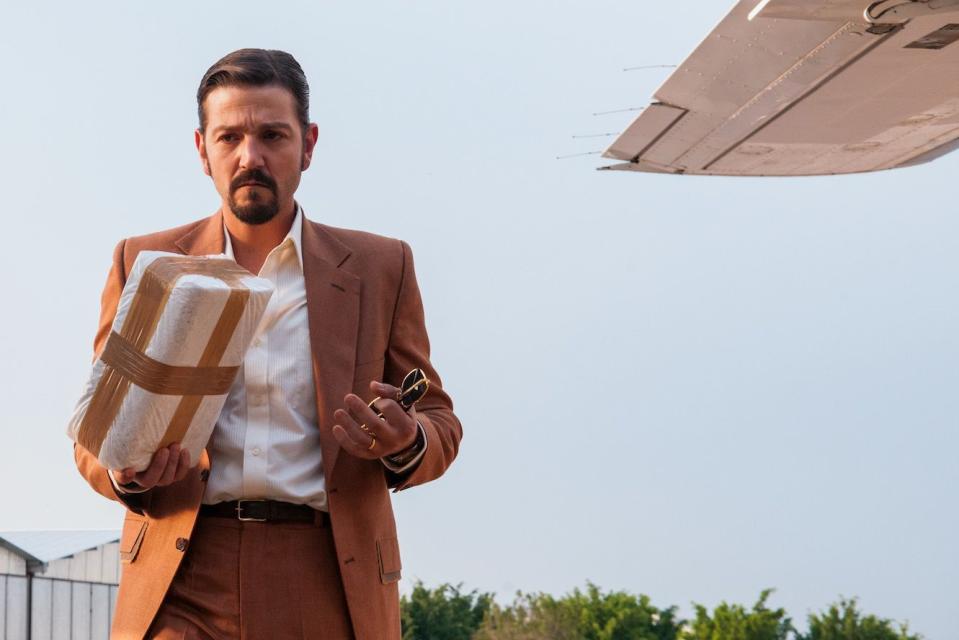
Gallardo's capture inadvertently formed the basis of what we know today as the Mexican drug war, inciting rivalries between the cartels who were left behind to fight over his various drug routes. While much of this has already been documented in the first three seasons of Narcos, it's unclear where the show will turn next.
Assuming that it's renewed once again, will season five focus on Gallardo's final years of freedom or will the show draw inspiration from a different aspect of the drug war entirely?
Whatever direction the next season of Narcos decides to take, one thing that's certain is how Camarena's legacy will continue to live on in the foundation that was established in his memory, which helps to raise awareness about drug issues and encourages young people to avoid narcotics altogether.
Narcos: Mexico is streaming now on Netflix.
Want up-to-the-minute entertainment news and features? Just hit 'Like' on our Digital Spy Facebook page and 'Follow' on our @digitalspy Instagram and Twitter account.
('You Might Also Like',)

